Chronologic History of
The Former Nara PrisonBLACK:Main Events, Within and Without Japan RED:The Course The Former Nara Prison Followed
| 1613 | The Nara Magistrate's Office (aka Nantocho Magistrate's Office) was founded on the premises of the present Nara Women's University. Jailhouses were built in the northern areas of the Office called Kita-uoya-nishi-machi and Hanashiba-machi. | 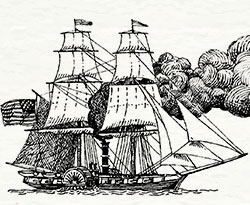 |
| 1853 | Perry's visit | |
| 1854 | Convention of Kanagawa The end of Tokugawa's seclusion policy, toward the opening of Japan to the world |
|
| 1858 | The Japan-US Friendship and Trade Treaty (Ansei treaties) This was allegedly an unequal treaty because it approved US consul's jurisdiction, while denying Japan's tariff autonomy |
|
| 1867 | The return of political power to the Emperor, ending the Tokugawa Shogunate | |
| Born Keijirou Yamashita |
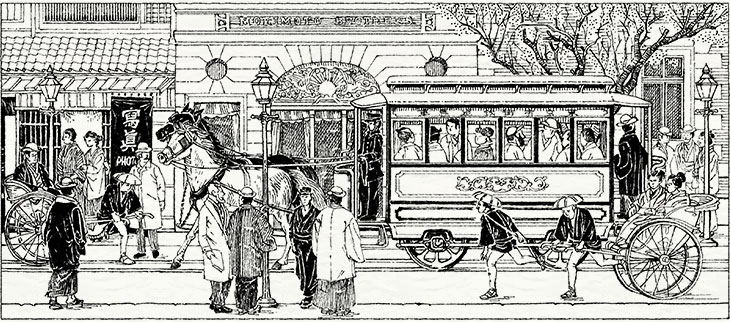 |
||
| 1868 | The start of the Meiji Government | |
| 1869 | The transfer of the central government to Tokyo(Tokyo, now the Capital of Japan) | |
| 1870 | The proclamation of the new law Platform in substitution for Karikeiritsu | |
| 1871 | The start of the Ministry of Justice | |
| The transfer of part of the Nara Magistrate's Office, now designated as a judicial memorial | ||
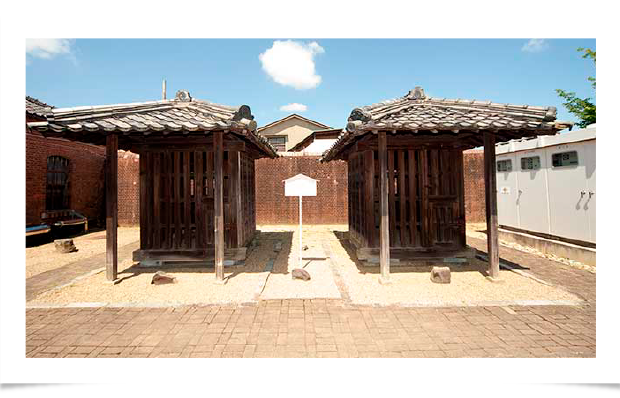 |
||
| The Nara Confinement Station built in Naramachi-o-aza- Nishisasahoko |  |
|
| 1872 | The proclamation of prison-house rules | |
| 1875 | Compilation of the(old) Criminal Law started, toward the modernization of the legal system | |
| 1880 | Nara Park, well-known for its deer , opened | |
| 1881 | The Nara Confinement Station was renamed the Nara Confinement Substation | |
| 1882 | The(old) Criminal Law was substituted for the new law Platform | |
| 1885 | The Cabinet system started, in substitution for the Grand Council of State | 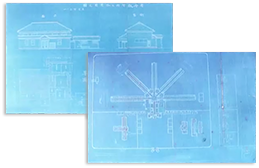 |
| 1887 | Mr. Ryouichi Miyaji took office as the first Chief Jailor (until the 26th year of Meiji) | |
| 1889 | Promulgation of Constitution of the Great Empire of Japan | |
| 1894 | The Outbreak of the Sino-Japanese War The recovery of consul's jurisdiction |
|
| 1895 | The end of the Sino-Japanese War | |
| 1896 | The first Olympic Games opened (in Athens, Greece) | |
| 1900 | The Bureau of Prison established | |
| 1901 | The first stage of the Prison Reform Plan passed the Parliament; Construction work for the Nara Prison started at its present site. Mr Keijirou Yamashita was commissioned to manage the construction work affairs of the Confinement Station. | 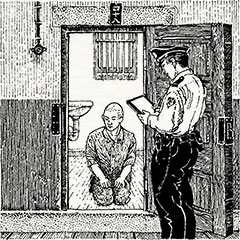 |
| 1904 | The outbreak of the Russo-Japanese War | |
| 1905 | The end of the Russo-Japanese War | |
| 1908 | The enforcement of the present Criminal Law in substitution for the older one; The proclamation of the Prison Law | |
| 1908 | The completion of the Nara Prison(in Hannyaji-cho) | |
| 1909 | Official business started at the newly built Nara Prison | |
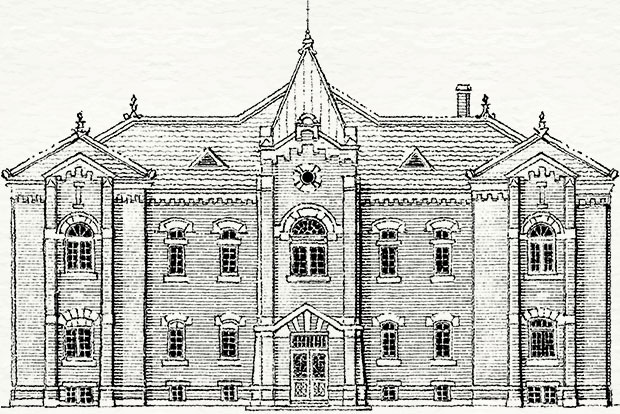 |
||
| 1910 | The nominal maximal capacity of 650 prisoners (at that time) was at one time exceeded by the actual number of 935 prisoners a model of the Nara Prison was exhibited at the British-Japanese Exhibition to let at home and abroad see Japan's modernized prison. |
|
| 1912 | Meiji 44 / The first year of Taisho |  |
| Factory Building and Cookhouse added. | ||
| 1914 | The outbreak of World War I | |
| 1918 | The end of World War I | |
| Factory Building II and Study Room added | ||
| 1922 | The proclamation of the Juvenile law | |
| 1922 | The Nara Confinement House renamed the Nara Prison | |
| 1923 | The Great Kanto Earthquake | |
| Storehouse added. |
| 1926 | Taisho 15 / The first year of Showa | 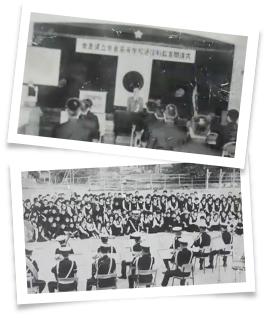 |
| 1931 | Mr Keijirou Yamashita passed away | |
| The Manchurian Incident | ||
| 1934 | New Interview Room added The Muroto typhoon caused enormous damage, collapsing the Martial Arts Practice Hall, etc. |
|
| 1936 | The February 26 Incident | |
| The reconstruction of the Martial Arts Practice Hall | ||
| 1941 | The start of the Pacific War | |
| 1945 | The end of the Pacific War | |
| 1946 | The proclamation of the Constitution of Japan | |
| 1946 | Nara Prison renamed the Nara Juvenile Prison | |
| 1948 | The proclamation of the New Juvenile Law | |
| 1949 | The proclamation of the Offenders Prevention and Rehabilitation Law | |
| The start of the night education The start of the social correspondence education |
||
| 1951 | The foundation of the Brass Band Club, as a basis of open treatment for prisoners, relying upon their self-restraint and responsibility | |
| 1954 | The start of Nara Prefectural Nara Senior High School Correspondence Course (the present Nara Prefectural Yamato Central Senior High School Correspondence Course) The start of Wakakusa Barber Training School, beginning vocational training school (hairdressing course) |
|
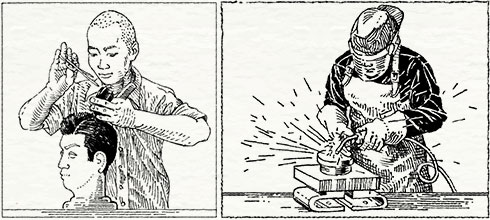 |
||
| 1960 | The first meeting of the Parent/Guardian association joined by 1998 guardians against 682 prisoners | |
| 1964 | The Tokyo Olympic Games | |
| 1964 | Designated as a Comprehensive Vocational Training Facility | |
| 1965 | Enormous damage dealt by Trix | |
| 1970 | Osaka World Fair | |
| 1972 | Sapporo Olympic Winter Games | |
| 1976 | The completion of an informational film:The Way to Rehabilitation---a Boy Prisoner's Heart | |
| 1977 | The establishment and enforcement of Family Counseling manual | |
| 1978 | Wakatake Ryo dormitory, a half-open living space, improved with the aim of enhancing the prisoners' sense of independence toward rehabilitation | |
| 1989 | Showa 64 / The first year of Heisei | |
| 1991 | The firstExhibition of Nara Reformatoryheld, aimed to be periodically opened thereafter | 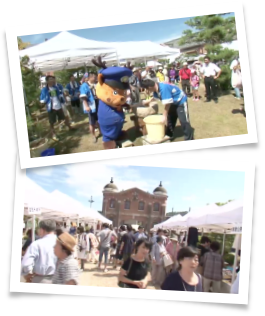 |
| 1995 | The Great Hanshin-Awaji Earthquake | |
| 1996 | The opening of the Committee for Investigation and Conservation of the Nara Juvenile Prison An extension of the premises toward the Western part of the site |
|
| 1997 | More than 80 graduates from the high school education course | |
| 1998 | Nagano Olympic Winter Games | |
| An increase in the capacity of prisoners, up to 685 Damage by Vicki |
||
| 1999 | No.3 Training Field's Willowing Space burned down to ashes | |
| 2000 | The Juvenile Law Revised | |
| 2002 | The start of the meeting for the restart of the Committee for Investigation and Conservation of the Nara Juvenile Prison and for Consideration of Its Conservation and Good Use | |
| 2005 | The 2005 Aichi World Exposition | |
| 2006 | The enforcement of laws related to criminal facilities and treatment of prisoners, etc | |
| The start of the supporting system for work finding The start of guidance in repeated sexual-crime prevention The opening of the Enlarged Study Conference for Guidance in Repeated Sexual-crime Prevention (first in Japan) |
 |
|
| 2007 | The enforcement of laws related to criminal confinement facilities and the treatment of the confined | |
| The start of the program for cultivation of social behavior(lesson of poems) Subjects for the vocational training course enlarged to 16 |
||
| 2008 | Revisionof the Juvenile Law | |
| 2008 | The 100th anniversary of Nara Juvenile Prison | |
| 2011 | The Great East Japan Earthquake | |
| 2013 | Isolated showers of heavy rain caused damage, including the collapse of the ceiling | |
| 2016 | The Parent/Guardian association disbanded according to the Prison's abolishment |  |
| 2017 | Designated as an important cultural asset Abolished on March 31 |
|
| 2019 | The Museum for Materials scheduled to open | |
| 2020 | The 2020 Tokyo Olympic Games | |
| 2021 | The Hotel scheduled to open |



